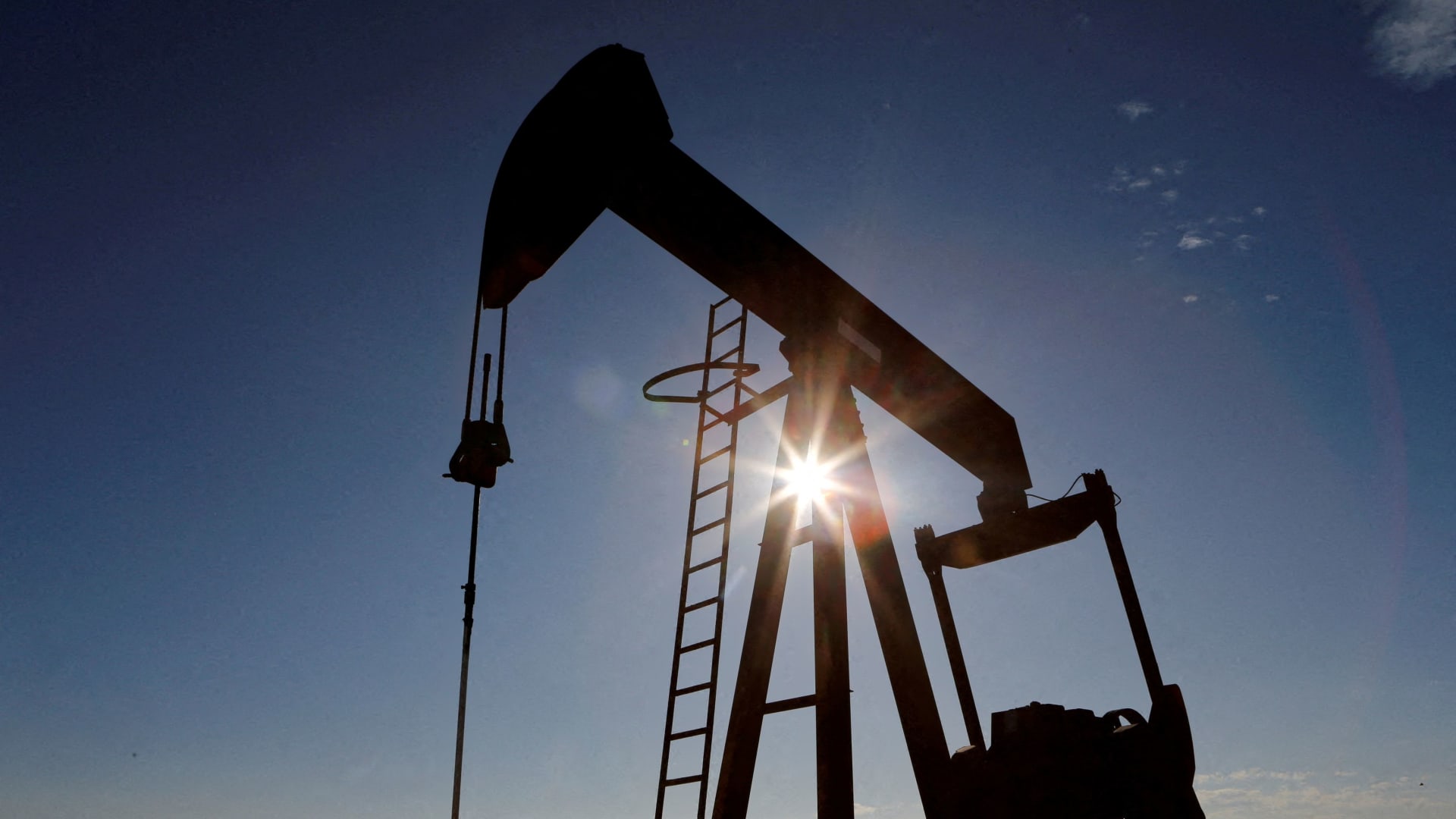Oil futures edged slightly higher on Tuesday after falling flat in the previous session as crude prices struggle to break out amid uncertainty over the future course of the Middle East conflict and an unclear supply and demand picture.
The West Texas Intermediate contract for March added 53 cents, or 0.69%, to trade at $77.45 a barrel in morning trading. The Brent contract for April gained 58 cents, or .71%, to trade at $82.45 a barrel.
U.S. crude and the global benchmark settled largely flat on Monday after rallying more than 6% last week as the war in Gaza raged on, highlighting an ongoing risk to crude supplies if the conflict spreads further.
Oil prices have struggled to break out of a $10 range amid uncertainty in the Middle East and an unclear supply and demand outlook for the year.
WTI and Brent are up about 8% and 7% respectively for the year, however.
“Oil prices have been numbed into submission by what has transpired, or not, in the Middle East,” John Evans, an analyst with the oil broker PVM, told clients in a note.
“All flow charts of consequence can immediately be undone by an untoward act, missile or sudden peace agreement and crude prices will move $10/barrel,” Evans wrote.
President Joe Biden has dispatched CIA Director William Burns to Cairo for talks on a temporary cease-fire in Gaza war in exchange for Hamas’ releasing hostages.
Burns’ arrival in the Middle East comes as the push for a truce faltered last week after Israel Prime Minster Benjamin Netanyahu rejected Hamas’ proposed terms for a pause in the fighting.
Netanyahu has vowed to press on with Israel’s offensive in Gaza and push in the southern city of Rafah on Egypt’s border, raising tensions with Cairo.
The war in Gaza has pulled the U.S. and Iran closer to a direct confrontation, one which geopolitical and oil market analysts worry could impact supplies if there is a disruption in the Strait of Hormuz.
On the supply and demand front, the head of the International Energy Agency told Bloomberg News that oil markets should remain “comfortable” this year barring more geopolitical turmoil or extreme weather.
Consumption will rise by 1.2 to 1.3 million barrels per day this year but production in the U.S., Brazil, Canada and Guyana will match the demand, IEA chief Fatih Birol said.
Traders are waiting for U.S. inflation data as well as OPEC’s monthly oil outlook report Tuesday.
